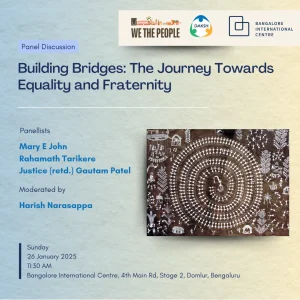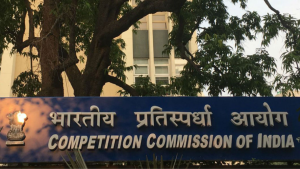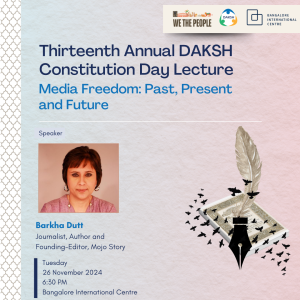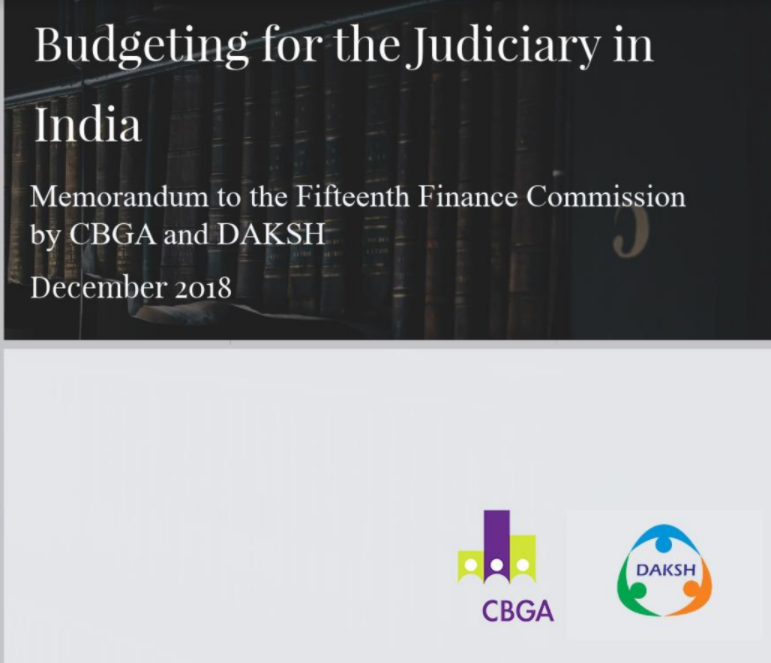

Memorandum to the Fifteenth Finance Commission
There are large and persistent imbalances in the allocation of funds to the Judiciary, resulting in an alarming shortfall in personnel and infrastructure. For example, average budget per pending case across all States was Rs.8,071 per case in FY 2018-19, using pendency figures from July 2018 (this is calculated as the ratio of the budgeted funds for subordinate courts to the number of cases). Values range from as high as Rs.19,891 for Delhi and Rs.18,656 for Jammu and Kashmir, to as low as Rs.3,225 for West Bengal and Rs.4,447 for Odisha.
The failure of budgeting practices to account for the needs of the Judiciary has been acknowledged by numerous authorities, including multiple Chief Justices of the Supreme Court, the Law Commission, and the Thirteenth Finance Commission, which made special grants for the Judiciary in each State to address the shortage of funds. This proved to be unsuccessful, as the funds were severely under-utilised with only 20% of the funds spent, due to shortages in other areas, such as human resources and institutional factors. The Fourteenth Finance Commission did not make any special grants; our analysis of budgeting for the sector in the most recent years shows that some States have increased outlays to meet the operational expenses of the Judiciary, but resource gaps in several areas have persisted.
In order to address this issue, Centre for Budget and Governance Accountability (CBGA), and DAKSH have submitted a Memorandum to the Fifteenth Finance Commission on reforms in the budgeting and resource allocation processes of the Indian Judiciary. CBGA is an independent think tank based in Delhi. It strives to inform public discourses through rigorous analysis of government budgets in India; it also tries to foster people’s participation on a range of policy issues by demystifying them.
The Memorandum includes an analysis of the budgeting and resource allocation imbalances and shortfalls that affect the Judiciary and its performance. It provides details of the human and infrastructural resources required for proposed reforms. The proposed reforms are:
- The creation of Reform and Research Offices at the levels of the Supreme Court and High Courts, which would monitor the performance of the Judiciary, identify areas of improvement, and then devise and implement solutions, staffed by judicial officers and technical experts.
- The creation of a Secretariat dedicated to judicial appointments, to carry out important tasks such as calculating the number of required judges based on current and anticipated future needs, and then conducting the process of screening and appointing candidates.
- The implementation of a technology initiative, with teams dedicated to the formulation and implementation of technological solutions to administrative problems, and training judicial staff in the use of technological tools.
- The appointment of a team to develop appropriate budgeting practices for the Indian Judiciary, which will be a one-time investment in developing practices that appropriately address the resource requirements of the Judiciary.
- The implementation of pilot projects, at District Courts, Taluka-level courts, or individual courts, to test, prove, and refine the proposed reforms.
- The application of the above reforms to tribunals which are administered by the Union/State governments.
These initiatives would have a compound effect in boosting the performance of the judiciary by making sure that the judiciary receives the resources it needs and is able to utilise them efficiently.
RECENT UPDATE


Testing the Waters: Pre-Implementation Evaluation of the 2024 CCI Combination Regulations

Thirteenth Annual DAKSH Constitution Day Lecture

Not Quite Rocket Science

-
Rule of Law ProjectRule of Law Project
-
Access to Justice SurveyAccess to Justice Survey
-
BlogBlog
-
Contact UsContact Us
-
Statistics and ReportsStatistics and Reports
© 2021 DAKSH India. All rights reserved
Powered by Oy Media Solutions
Designed by GGWP Design
